You know how health experts keep asking people to ‘walk more, ride less’?
Well, adventurer, television host, speaker and author Ryan Pyle has done exactly that in his latest show for Discovery Channel, 'Expedition Asia’.
Pyle walked through some of the most beautiful and difficult parts of Asia, sometimes walking hundreds of kilometres to film just one episode.
And we’re not talking about well-paved city roads, but through deserts, grasslands, rainforest and more.
Why walk when you could have ridden?

“I think walking is a very beautiful way of seeing the world and when you slow things down, you have a real chance to think.
“It sort of becomes a meditative space and it really allows you to soak in things surrounding you. And it’s harder and it’s nice to do things that make you a little bit uncomfortable,” Pyle said during a video interview with Rojak Daily.
Pyle added that he wanted to take people on a journey that might be a little slower, but more reflective and inward looking.
“I think the more you travel, hike, climb... you definitely know more about the places you’re going, but you also learn about who you are and how you’re changing through these amazing experiences,” he said.
Considering that it takes hours to walk such distance without much distraction, even technology, we can see what Pyle means.
Being completely cut off from civilisation
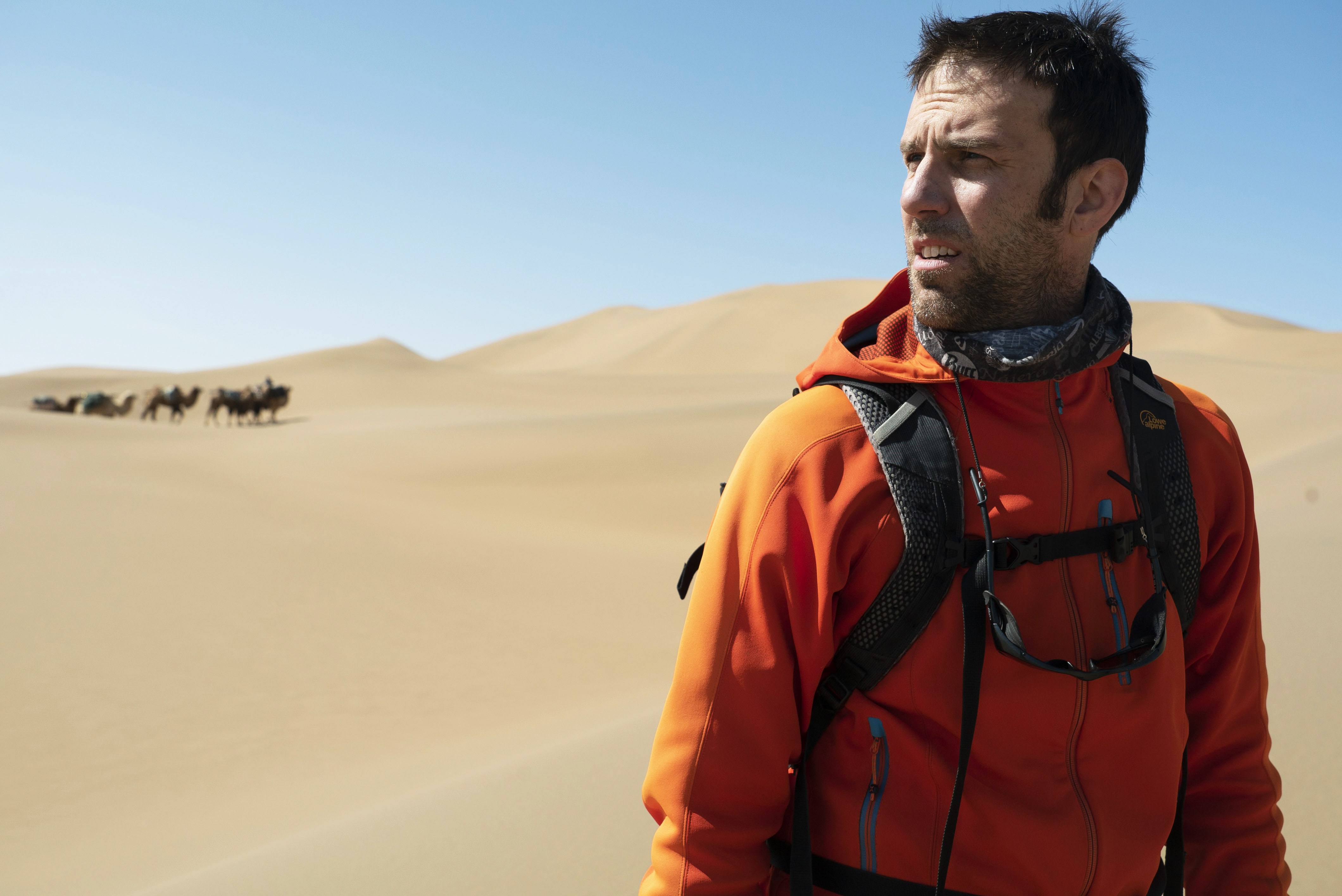
Pyle shared that when the crew is shooting, they are often cut off from civilisation for days at a time and they are offline for most parts of it.
Can you guys even imagine living without the internet or even smartphones for 10 to 14 days? That’s what these guys did, and according to Pyle, being away is the only thing that keeps him sane.
“We’re out in the wild and in nature. It’s so refreshing and relaxing and I sleep better than in the cities. It’s so healthy because we’re walking and exercising every day and we’re out in a beautiful part of the world and everything is just perfect.
“When I have to go back to civilisation and society, I feel so much more refreshed and thankful for that experience. It changes your life and your perspective of how you see things. For the better, I think,” said Pyle, who has been traveling about 300 days a year for the past few decades.
Not that it’s all sunshine and rainbows
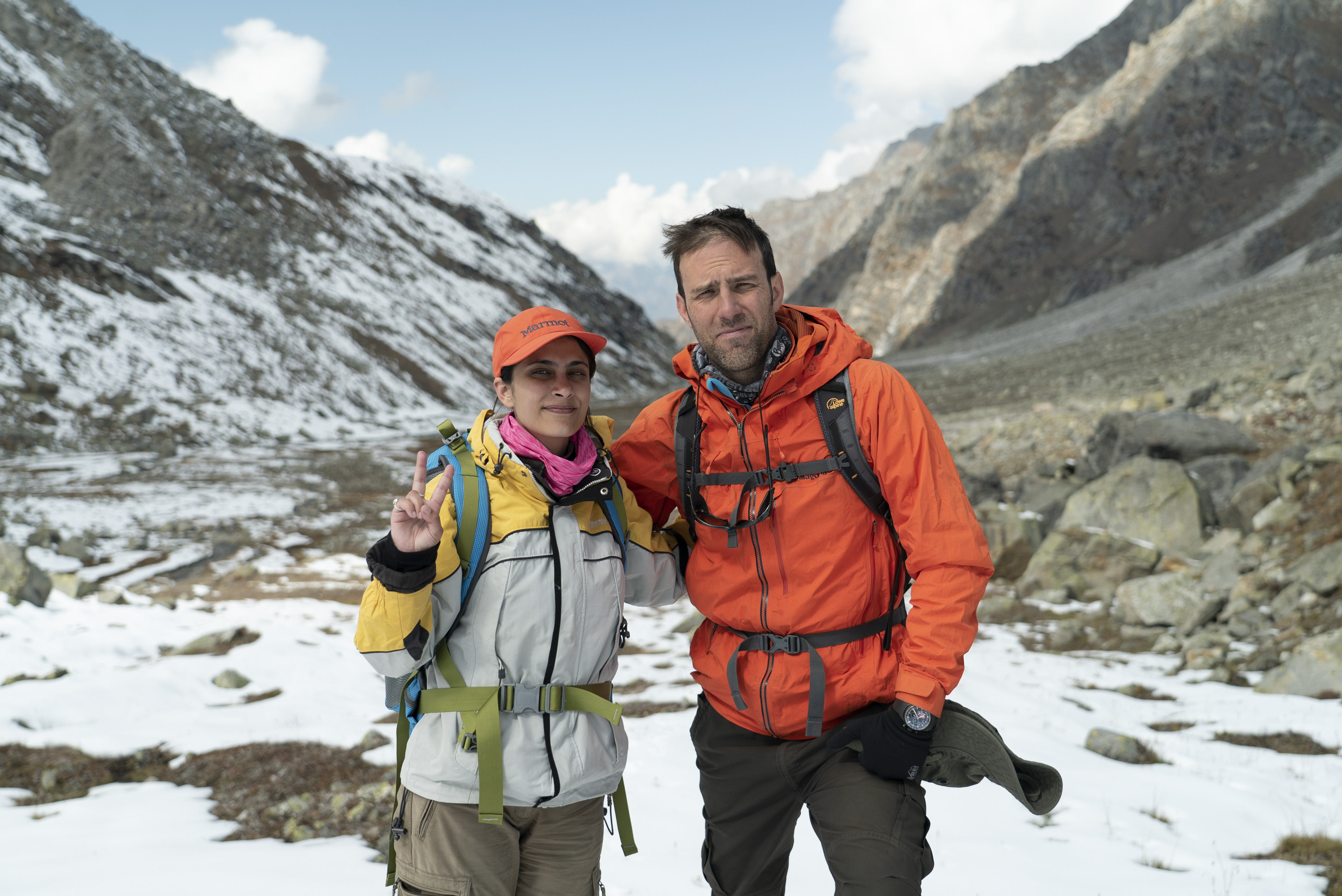
Nature has its own whims, as many who have experienced even something as simple as rain on a day the weather forecast says would be clear could attest.
Being out in the wild is that much more unpredictable and the ‘Expedition Asia’ crew saw their share of mother nature’s unpredictability.
“These things happen all the time when you’re out in nature. You just have to find a way around it,” Pyle explained, relating one of the instances filming had to be stopped due to bad weather in the Western Himalayas, just outside of Manali, India.
“We got caught in a four-day snowstorm and we couldn’t move. We were just sitting outside our tents trying to keep each other’s spirits up while this unbelievable snowstorm was happening around us,” he reminisced, adding that even getting stuck in such a situation is nice when you’re with the right people.
That wasn’t even the most challenging episode
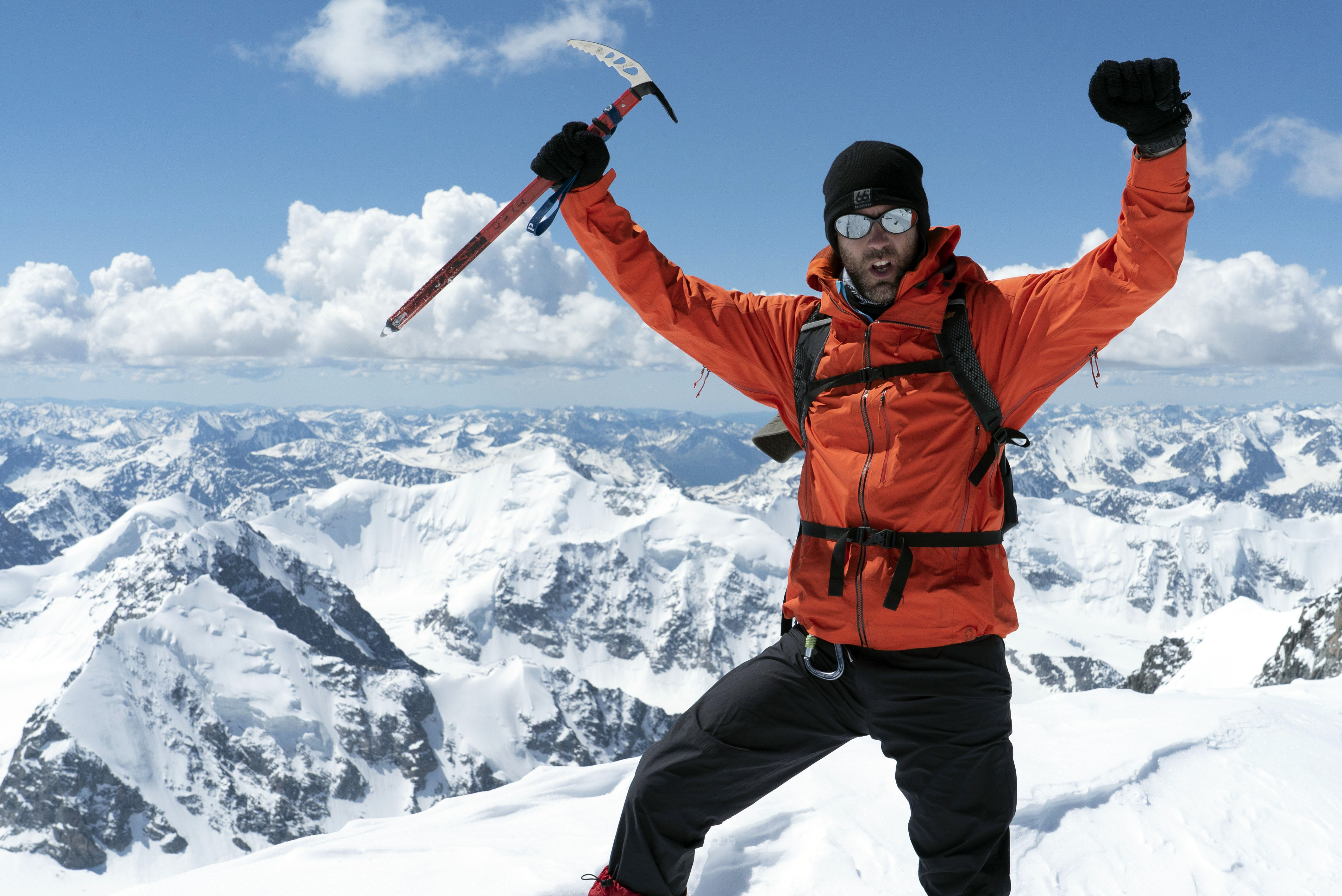
According to Pyle, the most challenging episode to shoot was the one shot in Mongolia because the journey was the longest.
The crew walked about 120 kilometres (that’s like traveling from Kuala Lumpur to Sungkai, Perak on foot) through grasslands and over mountains in Western Mongolia.
“We were tracking through the grasslands of Western Mongolia… the wide-open spaces were beautiful, but the days were so long and so difficult.
Despite the difficulties, Pyle said that grasslands are his favourite terrain as he loves wide-open spaces. Forests, not so much, as he discovered when he was filming in Bali.
Pyle said that just filming along the 120-kilometre route would have been enough, but the team decided to climb the Khuiten Peak, the highest peak in Mongolia, right at the border of China and Russia after that.
“It was a lot and it was very difficult. But then again it was incredibly beautiful to be up at that altitude in such a special part of the world. As difficult as these things are, it’s always rewarding at the end of the day,” Pyle said.
The most touching episode was filmed in Malaysia

While the Mongolia episode was the hardest and rewarding, Pyle said that the episode shot in Kota Kinabalu was the most touching, and was a memory he will carry with him forever.
Pyle said that was the first time he has shot in a place so soon after a tragedy has hit it.
The earthquake that happened in 2015 that killed 18 people on Mount Kinabalu may sound like something that happened long ago to those not directly affected by it, but for those who live and work in the area, the impact is much bigger and lasts longer.
The ‘Expedition Asia’ team touched about the earthquake and its impact in their Kota Kinabalu episode.
“That was the first place where we’ve filmed where people had lost their lives recently and we interviewed some people who were there that day; people who were a part of the rescue operation. That was very emotional and very touching, and it’ll be something that stays with me forever,” Pyle said adding.
He also said that filming in Sabah was also very special. The crew spent a few days in Kota Kinabalu, exploring the “Sabah way of living in the city” before heading to the Kinabalu National Park.
Pyle wanted to capture more than just the usual route that people take to reach the mountain’s peak and back, so the crew spent about a week filming not just the climb but also the people who live and work there, as well as the nature.
“Mount Kinabalu is a spectacular force of nature. The fact that this huge mountain range is by itself coming out of the jungles of Sabah is really special.
“And to meet the mountain guides and people from the national park and to kind of understand how important that mountain is to the local culture and local people is really special,” Pyle said.
It’s not just a Mat Salleh’s view of Asia
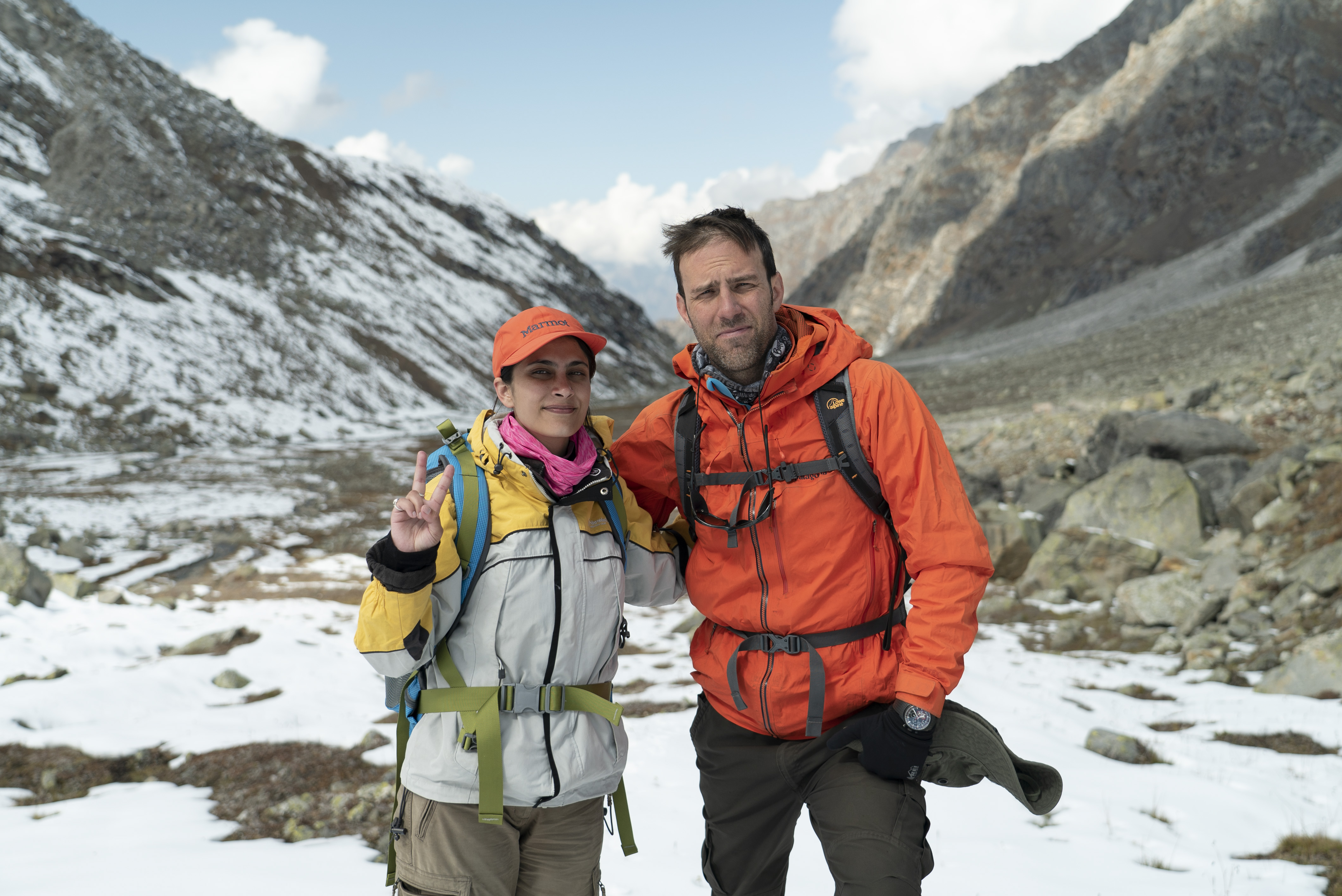
While it’s always exciting to see a place through the lenses of a traveller, it’s also equally appreciated when the traveller enlists locals to get a better picture of the places they visit and the local culture.
That is what Pyle has done. In each episode, he has a local guide acting as a second host to give a local context to the show.
“While I’m a well-travelled person, I’m not necessarily an expert in each country or each place we go. Having local knowledge and having a local expert is really important.
“I love having the local connection to the local culture and the people with the guide,” he said, adding that he would be open to have guests who would like to see a beautiful part of Asia to join him in the future if there are more ‘Expedition Asia’ seasons in the future.
Pyle had even issued an open invitation to Keanu Reeves to join him in one of his expeditions but hadn't gotten a reply, so he’s not holding his breath. Although, we might just be holding ours!
Advocating sustainability

One of the many hats that Pyle wears is as an advocate for sustainability, but he prefers a ‘lighter touch’ in spreading his messages instead of spelling out doom and gloom.
“Giving people messages is a very important thing to do but how you deliver the messages is even more important than what the message is sometimes. And look, all day from 7am to 10 pm, people are just getting bombarded with news, and global warming and financial issues, and crisis all around the world.
“What I want people to do is be able to come back home, turn on Discovery Channel and watch an episode of 'Expedition Asia' and just be totally taken away from their normal lives.
“What I want to do there is put nature on display and teach people how important it is to take care of earth,” he said.
Pyle added that by showing people the existence of such wonderful places on earth will inspire others to make little changes in their lives and homes to help preserve it without having to bombard them with messages every five seconds.
“I find that exhausting and I think people just tune out. But if people want to follow me on these adventures and be absorbed in the world that I’m in, then I hope that I can reach people. Not necessarily in a subliminal way but definitely with a lighter touch,” he said.

Speaking about the impact of COVID-19, Pyle said that the greatest thing about the pandemic is that the environment is clean again for the first time in decades.
The level of carbon dioxide production has decreased tremendously, the skies in cities are blue again, “...it’s like we’re giving the planet a chance to breathe after years of choking it to death,” he said.
Pyle also hopes that when the world opens again and we start going back to work, we will remember what this feels like and preserve some of it.
“When we open up the world again, we will have the chance to maybe to change some things that weren’t working for us,” he said.
‘Expedition Asia’ premiers in June
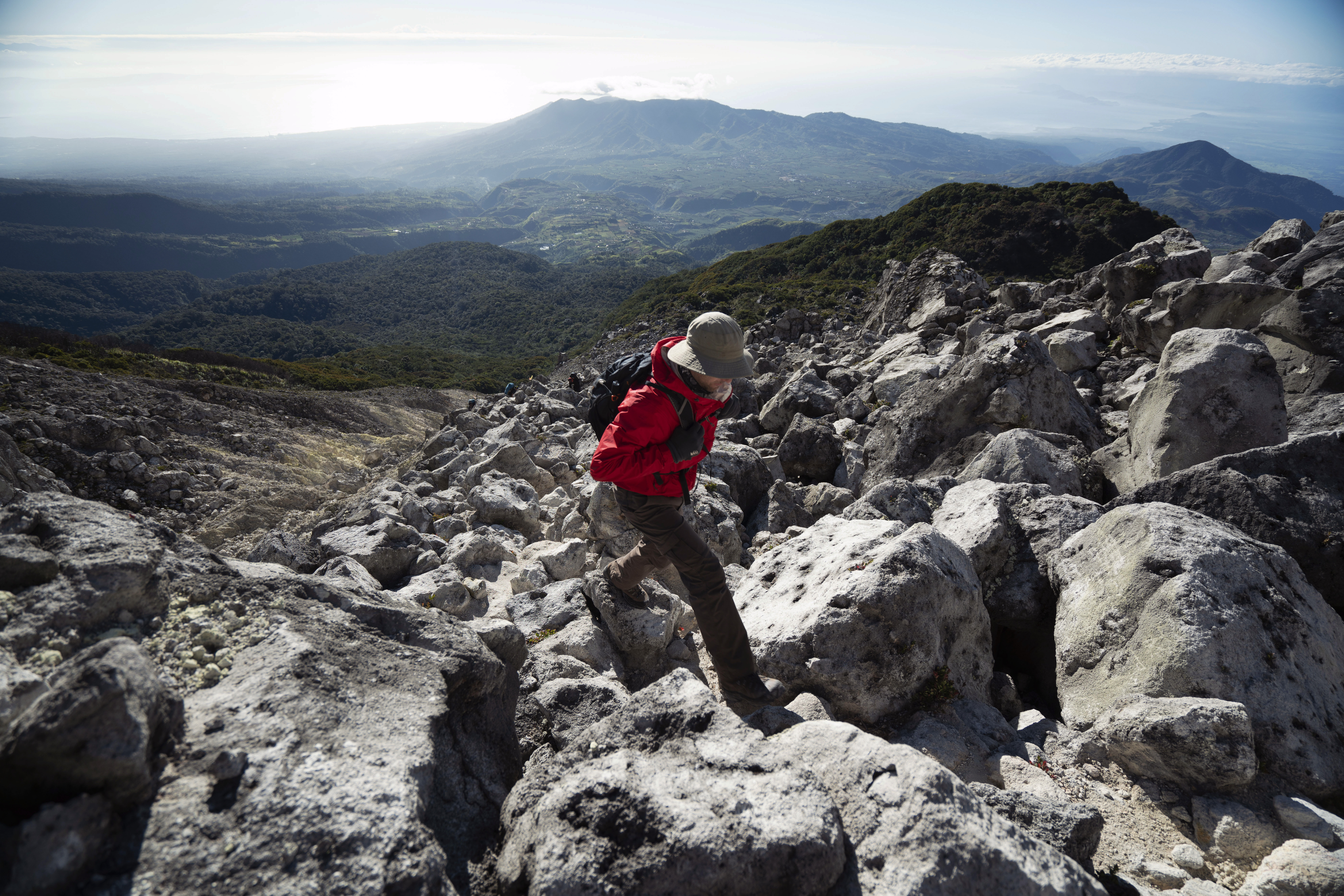
If you’re as intrigued about Discovery Channel’s ‘Expedition Asia’ as we are, tune in to the Astro (CH 511) on 2 June (Tuesday) at 10.50 p.m. to catch the first episode.
There are ten episodes in total covering different terrains across Asia. Get aquainted with Mount Apo, Philippines; Mount Kinabalu, Malaysia; Badain Jaran Desert, China; Bali, Indonesia; Khuiten Peak, Mongolia; The Holy Ridge, Taiwan; the MacLehose Trail, Hong Kong; the Turkestan Trail, Kyrgzstan; Northern Thailand Trail, Thailand; and Jagatsukh Peak, India over ten episodes of the show.







